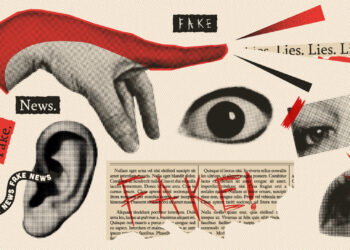Most scholarly publishers spend a good amount of time thinking about the design of our journals and books. But given that we’re mostly dealing with black and white text, color is probably not at the forefront of our design processes. One of the more interesting lessons I learned as a postdoc came from the school’s artist in residence. As he explained, we’ve been doing art a lot longer than we’ve been doing science, and just like science, there are protocols for what works and what doesn’t.
Knowing more about the process of art can help a researcher tell a more convincing and clear story about their research. Simple knowledge of the color wheel, knowing which colors blend and which contrast, can make all the difference between an image that shows a clear result and one that’s hard to interpret.
But filmmakers have a different goal with their use of color, and the video below talks about how readily they use color to evoke emotional responses from an audience. Once you see the section on “blue and orange” it’s impossible not to notice it in nearly every film you watch.
Discussion
2 Thoughts on "The Impact of Color"
Great post, David. In honor of next week’s Open Access week, note that a newly published scholarly catalogue on the work of Josef Albers, the artist and theorist of color, has just been released here: https://acpress.amherst.edu/intersecting_colors/



